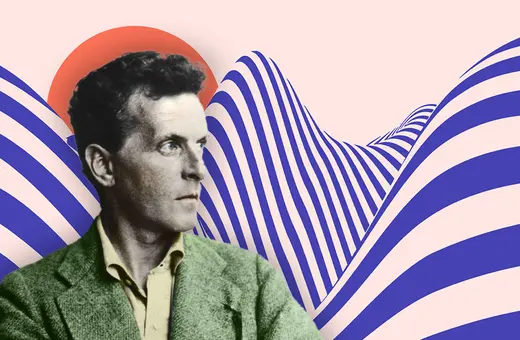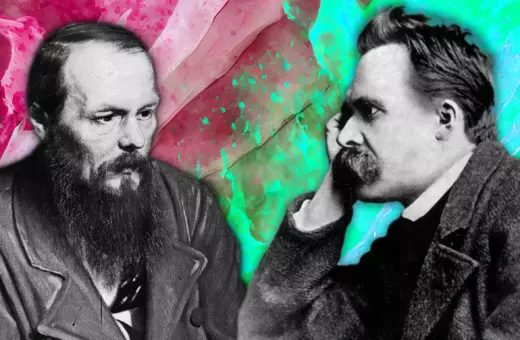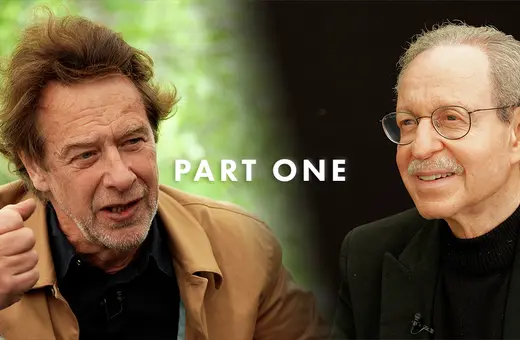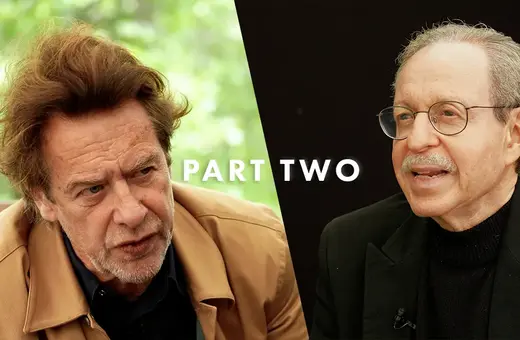While history suggests that the founder of analytical philosophy, Bertrand Russell, won the fight against the idealists led by F.H. Bradley, in this instalment of our idealism series, in partnership with the Essentia Foundation, Yale philosopher Michael Della Rocca argues that Russell failed to even address Bradley’s central argument. But ignoring Bradley’s timeless message puts in serious jeopardy not only our basic understanding of ethics, but also the ultimate nature of reality itself.
In 1910, an event took place in the pages of the journal Mind that would turn out to be pivotal for the entire subsequent course of philosophy. This was a debate spread over two consecutive issues between the British philosophers F.H. Bradley and Bertrand Russell about Bradley’s version of monism and idealism. These articles had rather boring titles – Bradley’s “On Appearance, Error, and Contradiction” and Russell’s “Some Explanations in Reply to Mr. Bradley”– but the exchange proved revelatory.
This showdown was over Bradley’s central argument for the view that relations are not real. In other words, for Bradley, such ordinary claims as “I am five meters from the door” or “Bradley was born before Russell” are not strictly true. Of course, almost all of us believe that claims of this kind are true and that there really are relations between distinct things. But not Bradley.
This is not surprising for Bradley, who – like a small proportion of philosophers previously and an even smaller proportion of philosophers subsequently – was no respecter of commonsense. Bradley devoted the whole of his 1893 book, Appearance and Reality, to arguing for and drawing out the implications of this non-commonsensical denial of relations.
___
There is no distinction between normative facts and non-normative facts, and without such a distinction it is difficult to see how morality itself is possible.
___
And the implications are as vast as they are troubling. For if there are no relations, then there are no relations of distinction and there cannot be a multiplicity of distinct things. And if there is no multiplicity, then there is at most one thing. This is called monism. Further, if there are no relations, then there are no relations of distinction between thought and the object of thought. Such a view which effaces the distinction between thought and object is a version of what has been called idealism. Further – and perhaps most alarmingly – if relations of distinction are eliminated, then there is no distinction between what is the case and what ought to be the case. That is, there is no distinction between normative facts and non-normative facts, and without such a distinction it is difficult to see how morality itself is possible.
Before 1910, Bradley – despite or perhaps because of the extreme nature of his views – had achieved an exalted status as one of the leading philosophers in the English-speaking world. Appearance and Reality and his previous writings had attracted many followers, including one Bertrand Russell who was a card-carrying Bradleyan in his youth – until he wasn’t. And it is, to a large degree, Russell’s rupture with Bradley that set the stage for the dominance of so-called analytical philosophy which has been ascendant ever since then in the English-speaking world and beyond. (For a wonderful account of the setting and significance of Russell’s debate with Bradley, see Candlish’s The Russell/Bradley Dispute.) Thus, a stake in this debate is not only monism, idealism, and ethics, but also the whole subsequent history of philosophy and the analytic tradition in philosophy itself.
___





















Join the conversation